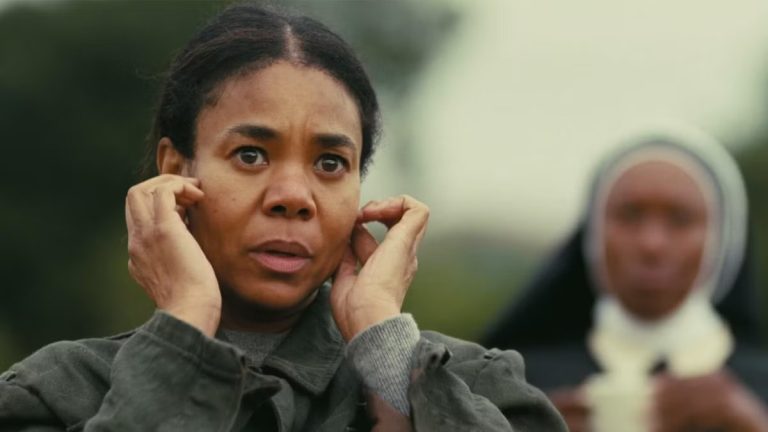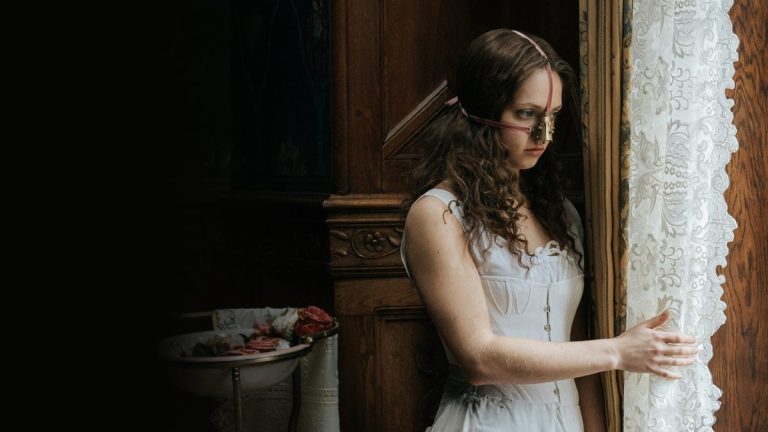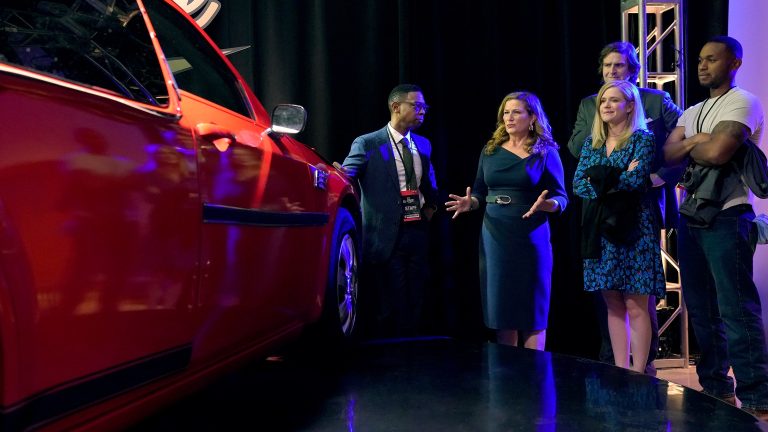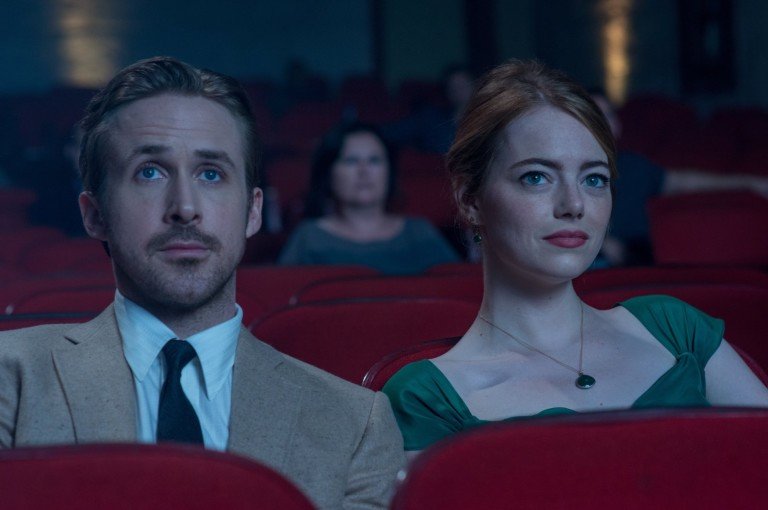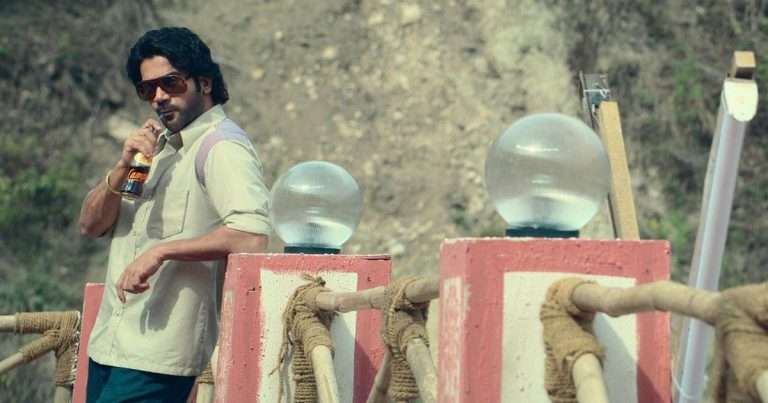Exploring Loss in ‘The Devil’s Backbone,’ ‘The Three Burials of Melquiades Estrada,’ & ‘Don’t Look Now’: Until we reach a pivotal moment in life, death feels like a distant concept—abstract, almost unreal. But once we lose someone close, a family member or a friend whose presence quietly anchored our daily lives, death begins to take root. It leaves behind a silence that doesn’t fade, a hollow space that no distraction or memory can fully fill. It may not transform us overnight, but it shapes us in irreversible, often invisible ways. We may begin to realise that the true haunting lies not with the dead, but with what’s left behind.
Cinema has long used “death” as a narrative device, sometimes for emotional catharsis, most of the time for shock. In dramas like “Manchester by the Sea” (2016), the grief is raw and central, pulling the audience into the protagonist’s inner world. In horror and thrillers, death is often incidental, either used for escalation or quickly forgotten after it occurs, as the narrative moves on to other subplots. But some films break this mould like “The Devil’s Backbone (2001)” a war horror drama, “The Three Burials of Melquiades Estrada (2005)” an adventure thriller drama, and “Don’t Look Now (1973)” a mystery horror, where grief is treated not just as a reaction, but as a layer in the story itself.
How many times can you bury a person? This question sits at the heart of “The Three Burials of Melquiades Estrada (2005)”, and in a way, the title sounded like one of the most revealing spoilers I could think of when I first read it. Directed by Tommy Lee Jones, this Western adventure drama meditates on death not as a finality, but as a stretched emotional experience, a dry yet morally reckoning experience. Despite winning awards at Cannes—Best Screenplay and Best Actor, it remains criminally under-discussed.
The actual story begins with a promise before the “death”. Melquiades, an undocumented Mexican immigrant, makes his friend Pete (played and directed by Jones) swear to bury him in his hometown in Mexico, should he ever die. Pete, a solitary Texan with no real family, forms a deep bond with Melquiades—one built not just on friendship, but on language, empathy, and mutual understanding. Pete, fluent in Spanish, becomes the rare person who truly listens to Melquiades, treats him like a brother. When Melquiades is unjustly killed and quickly buried by the authorities, Pete refuses to let the system erase him. What begins as a man’s determination to honour a promise morphs into something far more obsessive. Pete digs up the decomposing body and kidnaps the man who is responsible for the killing, forcing him on a days-long horseback journey across the border with the corpse.
Also Read: All Guillermo Del Toro Movies Ranked
Pete’s motives are layered—not just loyalty, but also denial, guilt, and an unresolved sense of loss. The film allows us to travel alongside Pete, not to judge him, but to sit beside him in his grief and confront an uncomfortable question: does closure truly exist, or do we simply carry the dead within us, reshaped in memory?
In The Three Burials of Melquiades Estrada, there are no sudden shocks or jump scares—only a quiet, creeping horror that seeps from the erosion of empathy, as the true dread lies not in the decaying corpse Pete carries, but in the slow unraveling of human bonds and moral responsibility. The body begins to decompose, but it’s the emotions that rot more gradually. It may be hard for us to watch when the decaying corpse appears onscreen, but not for Pete. Even in death, the body isn’t a ghost to him; it’s still Melquiades. He interacts with the Melquiades’s body, takes care of it. Pete may not know how to grieve yet. Even after the death, the care for Melquiades continues, instead of evoking fear.
Horror does not come from death but from the living:
If grief becomes part of our daily lives, then most of us are, in some way, haunted. This sentiment echoes well in Guillermo del Toro’s “The Devil’s Backbone (2001)”, a film that wraps its grief in the skin of a ghost story, at the same time being a war film. But here, too, the true haunting doesn’t come from the dead. It comes from the cruelty of the living. Set during the final years of the Spanish Civil War, the film takes place in a remote abandoned orphanage.
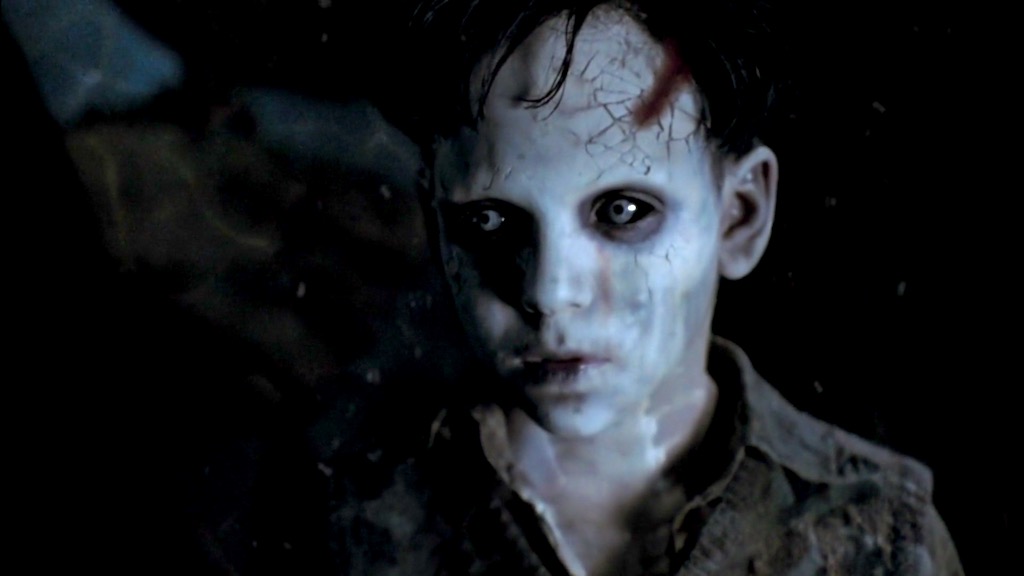
There’s an unsettling artistry in how the film portrays the horrors of war within a space meant to offer refuge—an orphanage that itself feels forsaken, mirroring the very abandonment it was built to heal. Its hallways echo with the ghosts of war and a literal spirit. A bomb has fallen but not exploded. A murder has occurred, and its secrets fester beneath the surface. Into this world arrives Carlos, a new orphan, a catalyst whose presence stirs buried truths and awakens both the literal and metaphorical ghosts of the past.
As we all know, Del Toro has a distinct ability to use fantasy to talk about real horrors, which includes complex human connections. In “The Devil’s Backbone”, he doesn’t just employ ghosts for shock value; they are clearly metaphors – symbols of unresolved trauma, of betrayal, of broken systems. A ghost in this story doesn’t seek vengeance in the traditional horror sense; it longs for justice, for recognition. The true terror lies in what people are capable of doing to each other out of greed, not in the dead who whisper through the walls.
There’s a beautiful moment involving a small object exchanged between a kid and the orphanage’s groundskeeper’s fiancée. A simple keepsake. A Souvenir. We often hold onto physical objects to preserve moments, people, and promises. These items become silent witnesses to what we’ve lived through. But when the person we share that souvenir with is gone, who then carries the memory of our remembrance? When the same kid haunted by the guilt of witnessing his peer’s death, initially channels his grief into rage, lashing out at the new boy. Over time, that guilt transforms. Rage gives way to compassion, and only then does grief begin to take its true shape within him.
More Related to Don’t Look Now: The 7 Best Body Horror Movies of All Time
Both “The Three Burials of Melquiades Estrada” and “The Devil’s Backbone” meditate on memory, guilt, and the burden of keeping the dead alive, whether through promises, souvenirs, or secrets. These are stories where the ghosts don’t howl. They linger. They don’t just come to scare us; they come to remind us that grief is not about forgetting. It’s about remembering, again and again, until remembering becomes a way of living.
Does grief at different ages carry a different weight?
Classic horror films often weaponize death for fright—satanic forces, Catholic exorcisms, and demons from the abyss. “Don’t Look Now (1973)” does something far subtler than classic horrors. It holds its mystery until the finale, haunting us with an unexpected supernatural-ish ending. But the film is built around the grief of losing a child, and that grief lingers in every frame. The parents try to outrun their sorrow by moving countries, finding different work, and spending money, yet nothing fills the void. They still have one child left, but the absence of the other is unbearable, and it infects every moment of their lives.
In “The Devil’s Backbone”, we witness grief through the eyes of young orphans, whereas in “The Three Burials of Melquiades Estrada”, it’s through the experience of an aging veteran with a friend. In “Don’t Look Now”, it’s through the parents left behind. Each of these films reminds us that grief isn’t universal in form; it bends, shapes, and scars us differently depending on who we are and where we are in life. The ache may vary in expression, but its weight remains etched in the soul, lingering until the body, too, begins to decay.
No matter how deep our pain, we continue to remember those we once loved—and in time, we too will be remembered. It’s a truth often repeated, even normalized, as part of life. But there’s a quiet power in remembering with acceptance. When we do, the present feels lighter, the future becomes a little clearer, and the past stops feeling like a burden we’re condemned to carry. Like we often say, Whatever happens, the show must go on, right?




